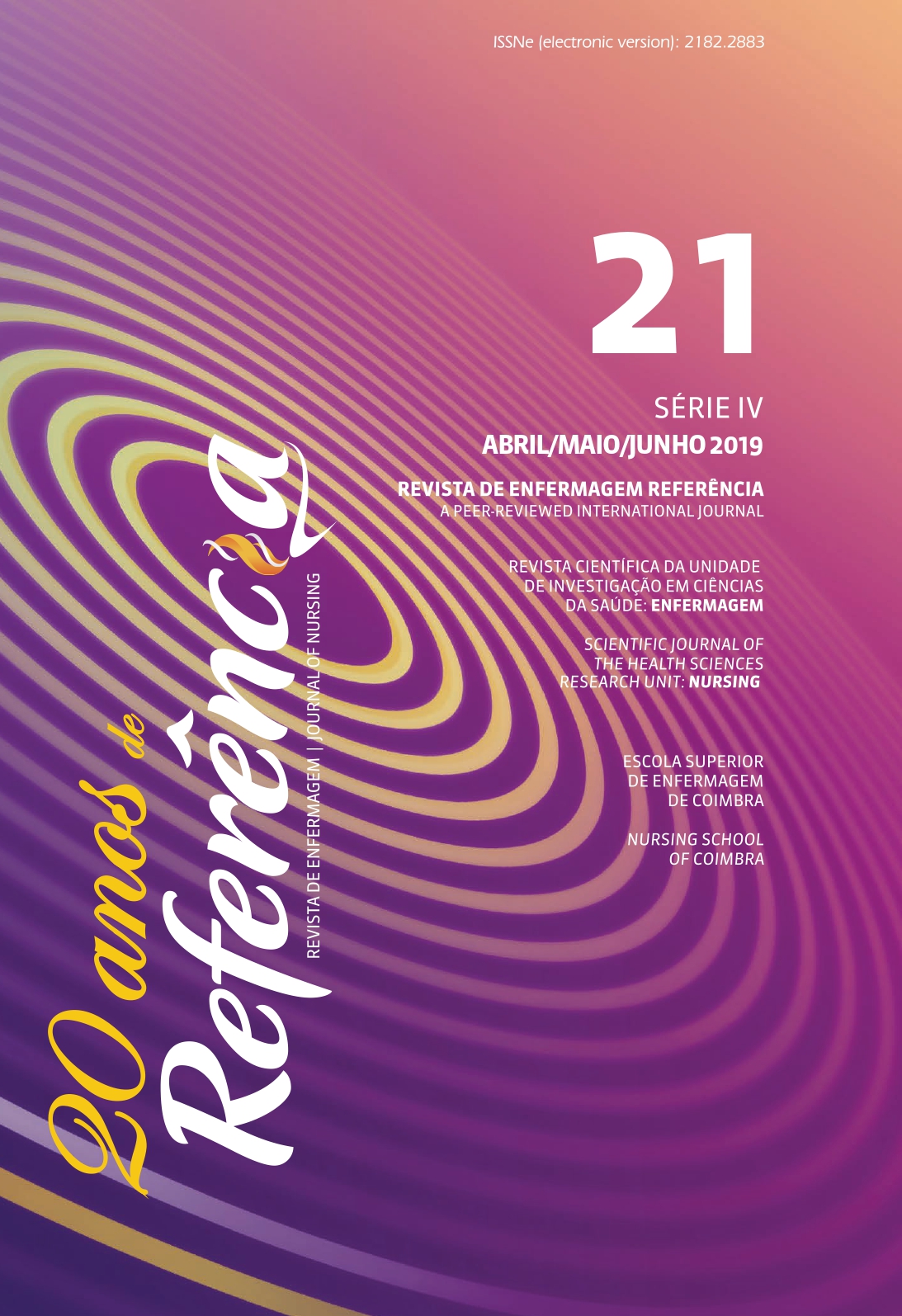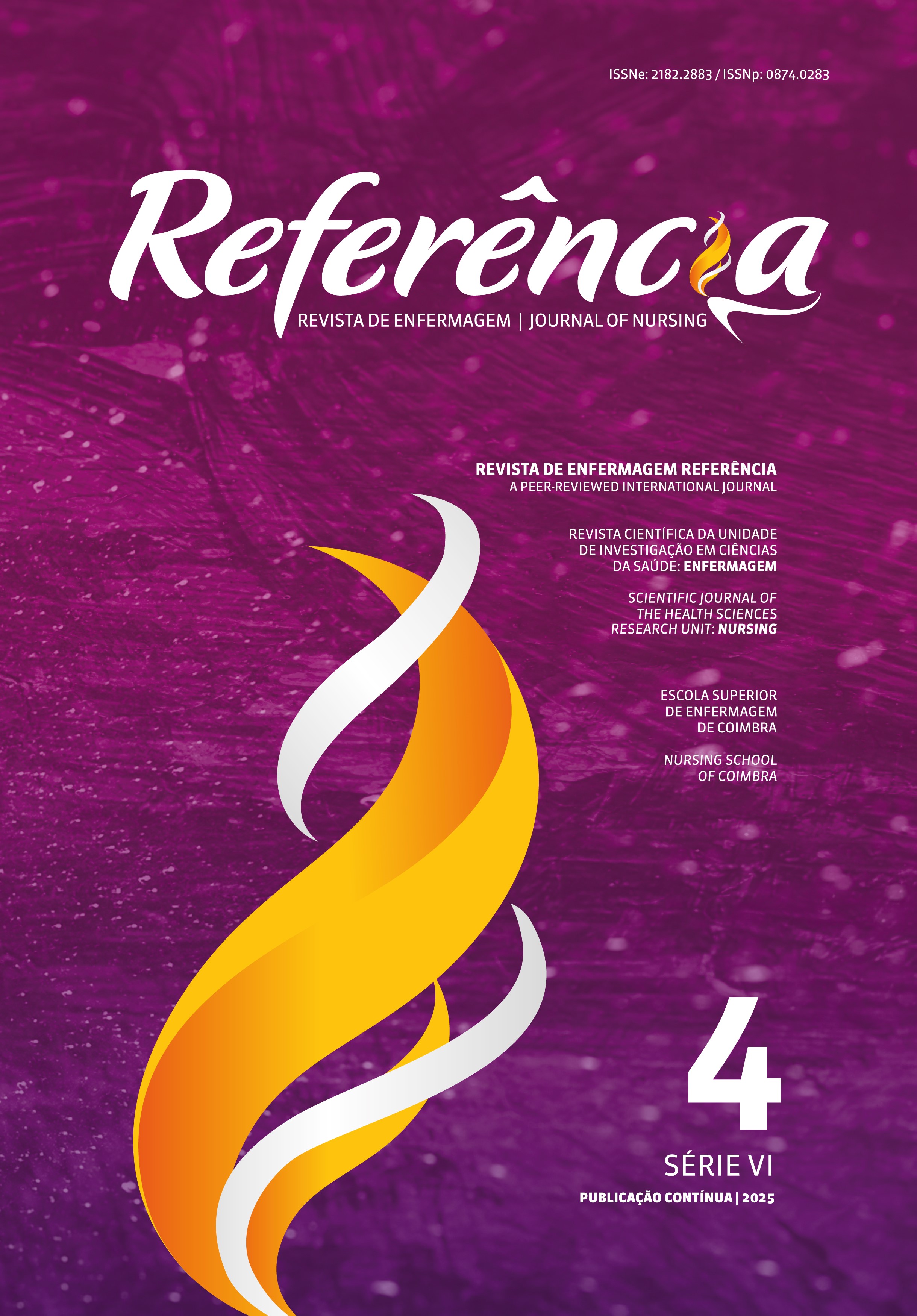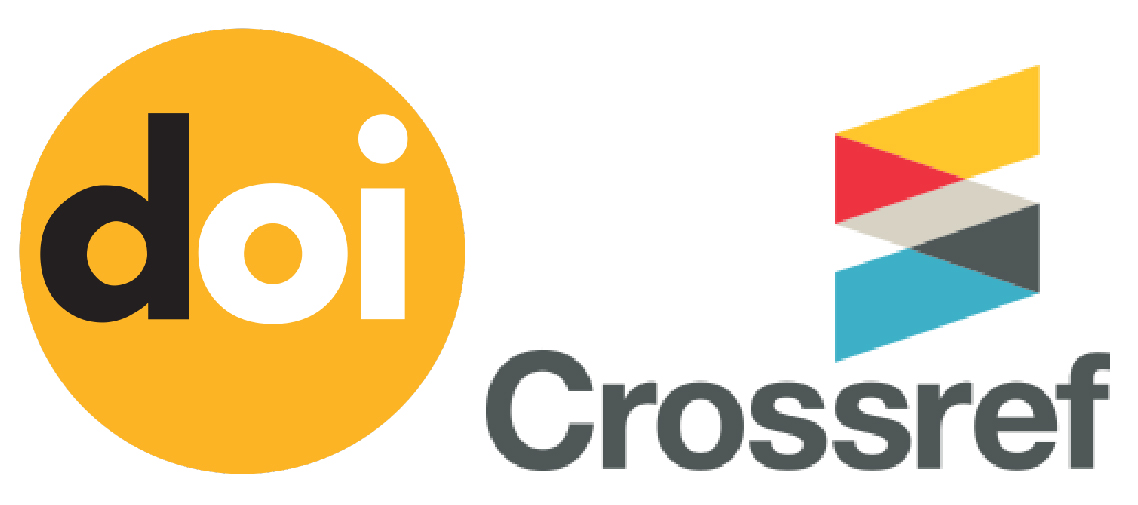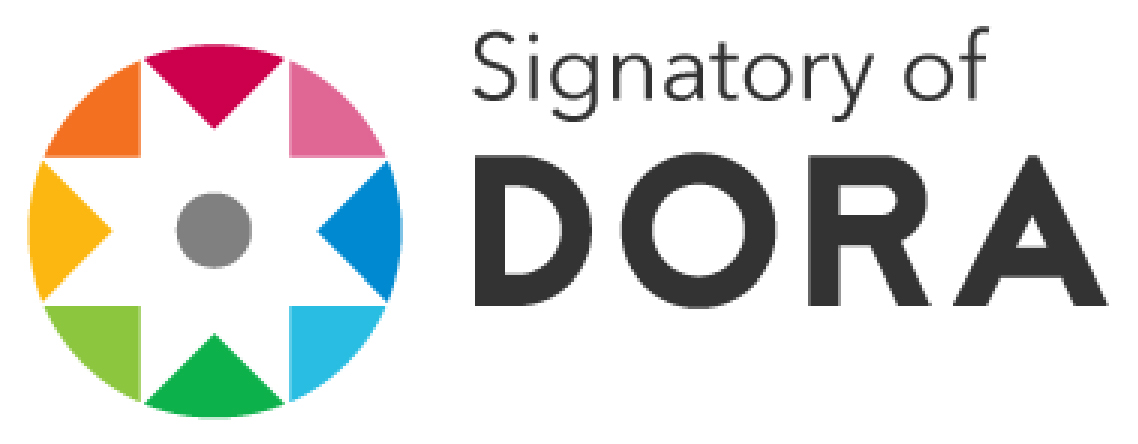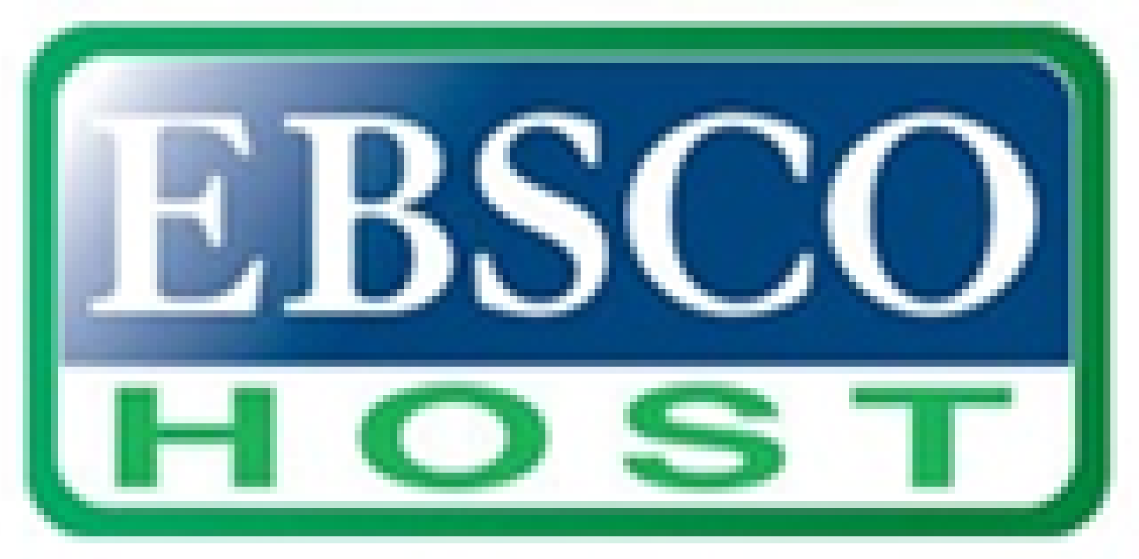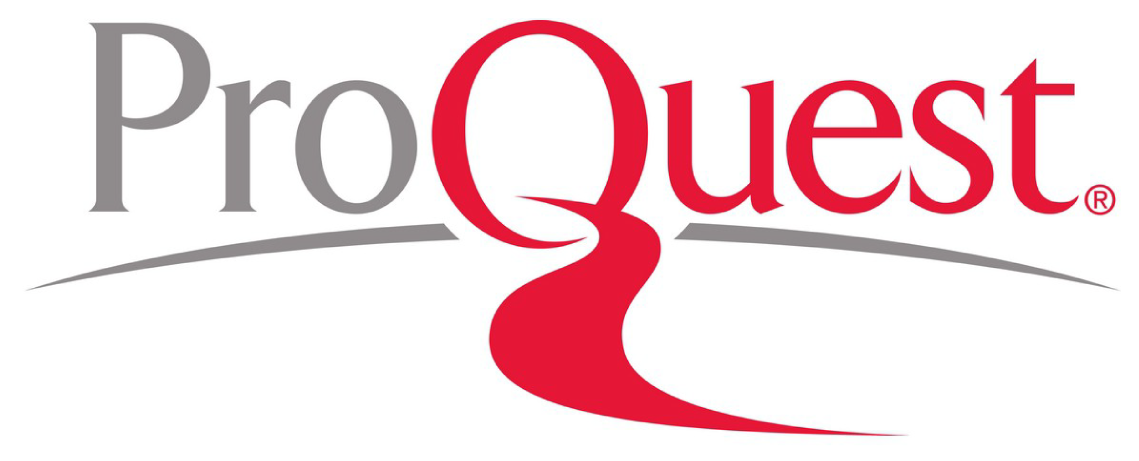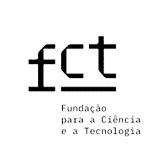Satisfaction and usability of an information and communications technology in nursing education: a pilot study
DOI:
https://doi.org/10.12707/RIV19013Keywords:
nursing, education, technologyAbstract
Background: The literature suggests that interactive educational tools can improve the teaching-learning process.
Objective: To evaluate the usability and satisfaction capability of a technological platform, designed for nursing students, used as a support tool to learn the procedures related to patient positioning.
Methodology: A study with 2 cross-reference evaluation moments was conducted. One hundred and twenty-two students enrolled in the 1st semester curricular unit of the Undergraduate Degree in Nursing, answered a questionnaire, for the assessment of the satisfaction level regarding the currently used model (with no access to the platform). Seventy-eight students enrolled in the second semester had access to the educational platform and gave their opinion on the efficacy, relevance, and responsiveness of the platform.
Results: The students considered the tool useful. The overall evaluation had a mean of 8.01 (on a 0-10 scale).
Conclusion: The correct use of the virtual learning object proves to be useful for the teaching-learning process, contributing to better learning and indirectly to the excellence of nursing care.
Downloads
References
Ângelo, J. C. (2017). Desenvolvimento de uma plataforma informática destinada aos Estudantes do Curso de Licenciatura em Enfermagem: Estudo Piloto (Dissertação de mestrado). Recuperado de http://hdl.handle.net/10400.26/18941
Aredes, N., Góes, F. S., Silva, M. A., Gonçalves, M. F., & Fonseca, L. M. (2015). Objeto digital em enfermagem neonatal: impacto na aprendizagem de estudantes. Revista Eletrónica de Enfermagem, 17(4), 1-11. Recuperado de https://www.fen.ufg.br/revista/v17/n4/pdf/v17n4a10.pdf
Buzzell, P. R., Chamberlain, V. M., & Pintauro, S. J. (2002). The effectiveness of web-based, multimedia tutorials for teaching methods of human body composition analysis. Advances in Physiology Education, 26(1), 21-29. doi:10.1152/ advan.00007.2001
Filatro, A. (2004). Design instrucional contextualizado: Educação e tecnologia. São Paulo, Brasil: Senac.
Fonseca, L. M., Tsai, M. L., Dias, D. M., Scochi, C. G., Fernandes, A. M., Martins, J. C., & Rodrigues, M. A. (2015). Design emocional e as suas contribuições para a tecnologia educacional digital na saúde e na enfermagem: Revisão integrativa. Revista de Enfermagem Referência, 4(6), 141-149. Recuperado de http://www.redalyc.org/pdf/3882/388241612006_2.pdf
Griffin, J. D. (2003). Technology in the teaching of neuroscience: Enhanced student learning. Advances in Physiology Education, 27(3), 146-155. doi:10.1152/advan.00059.2002
Kim, J., Park, J. H., & Shin, S. (2016). Effectiveness of simulation-based nursing education depending on fidelity: a meta-analysis. BMC Medical Education, 16, 152. doi: 10.1186/s12909-016-0672-7
Lumini, M. (2015). Tecnologias educacionais interativas: Contributo para o desenvolvimento de conhecimentos dos familiares cuidadores (Tese de doutoramento). Recuperado de https://repositorio-aberto.up.pt/handle/10216/82527?mode=full
Ministério da Educação. (2007). Objetos de aprendizagem: Uma proposta de recurso pedagógico. Brasília, Brasil: Secretaria de Educação à Distância. Recuperado de http://rived.mec.gov.br/artigos/livro.pdf
Ramos, S. (2008). Tecnologias da informação e comunicação: Conceitos básicos. Recuperado de https://www.passeidireto.com/arquivo/5789244/tic-conceitos_basicos_sr_out_2008
Rawson, R. E., & Quinlan, K. M. (2002). Evaluation of a computer-based approach to teaching acid/base physiology. Advances in Physiology Education, 26(2), 85-97. doi:10.1152/ advan.00042.2001
Reynolds, P. A., Harper, J., Mason, R., Cox, M. J., & Eaton, K. (2008). An intricate web - designing and authoring a web-based course. British Dental Journal, 204(9), 519-524. doi:10.1038/sj.bdj.2008.351
Roney, L., Westrick, S., Acri, M., Aronson, B., Rebeschi, L. (2017). Technology use and technological self-efficacy among undergraduate nursing faculty. Nursing Education Perspectives, 38(3), 113–118. doi:10.1097/01.NEP.0000000000000141
Silveira, M., & Cogo, A. L. (2017). The contributions of digital technologies in the teaching of nursing skills: An integrative review. Revista Gaúcha de Enfermagem, 38(2), e66204. doi:10.1590/1983-1447.2017.02.66204
Struchiner, M., & Ricciardi, R. (2003). Princípios, modelos e tecnologias de informação e comunicação em processos educativos das ciências biomédicas e da saúde. Revista Rio de Janeiro, 11, 56-63. Recuperado de http://www.forumrio.uerj.br/documentos/revista_11/11-Struchiner.pdf
Tamashiro, L. M., & Peres, H. H. (2014). Desenvolvimento e avaliação de objetos de aprendizagem sobre administração de medicamentos por via intramuscular. Revista Latino-Americana de Enfermagem, 22(5), 716-723. doi:10.1590/0104-1169.3647.2472
Wiley, D. (2000). The instrucional use of learning objects. Recuperado de http://www.reusability.org/read/
Zancanaro, A., Santos, P., & Todesco, J. (2011). Requisitos de um ambiente virtual de aprendizagem para TV digital interativa. Revista Novas Tecnologias na Educação, 9 (1), 1-11. Recuperado de http://seer.ufrgs.br/index.php/renote/article/view/21984/12752

